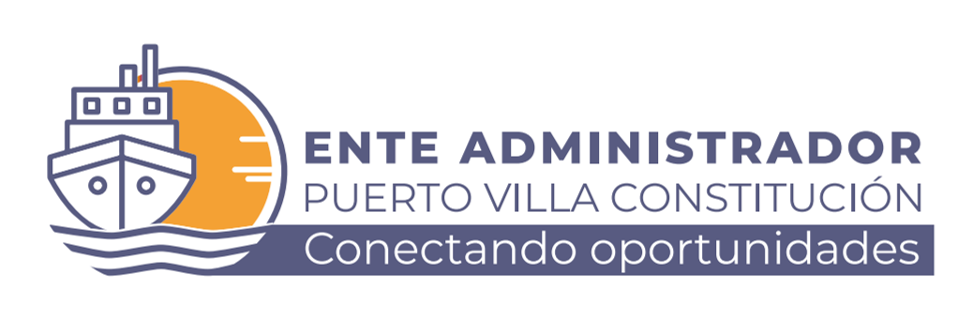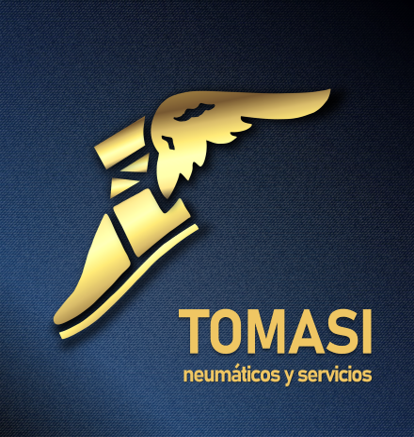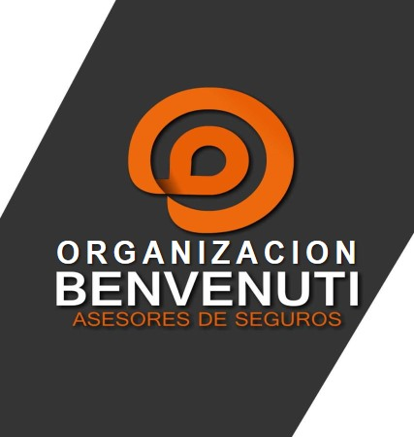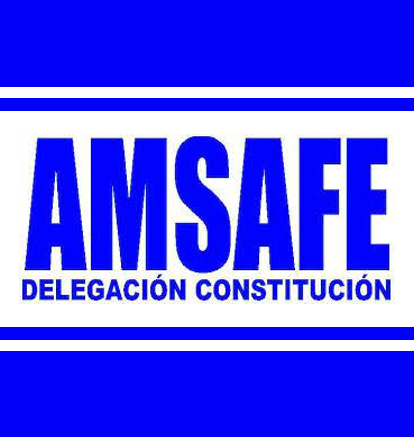Mid level business operations are usually connected with problems within a department that need simplification, task software or sequence rearrangement. Dependant upon the organization, mid-level problems is involved in architecture problems or problems of coordination between departments and functional systems.
The process pecking order begins at the top with level 1 or level-zero processes which can be common around multiple business functions. These types of processes, called value sequence processes, format inputs with outputs to generate ideal results.
Level 2 procedures derive from the same eTOM model, but are typically oriented around https://thedatarooms.org/what-is-special-about-firmex-virtual-data-room/ more detailed business-mission-related tasks. Processes at this level can be divided into sub-processes and could also be with a variety of duties.
Process improvement at this level involves distinguishing and getting rid of nonvalue-adding procedures or subprocesses and modernizing and customizing those that continue to be valuable. This helps improve efficiency and effectiveness, as well as aligning techniques to the company’s goals and approaches.
A good way to put into action process administration is to make it a team effort that includes all of the key players involved in the project. This ensures that the process is made correctly the 1st time and will deliver the consistent and efficiency rewards that a BPM tool can offer.
Create a high-level process map to speak with leadership and stakeholders who have don’t need a deep understanding of how the process works. The map should include a picture with the steps active in the process, as well as the external and internal clients who acquire the outcome.








